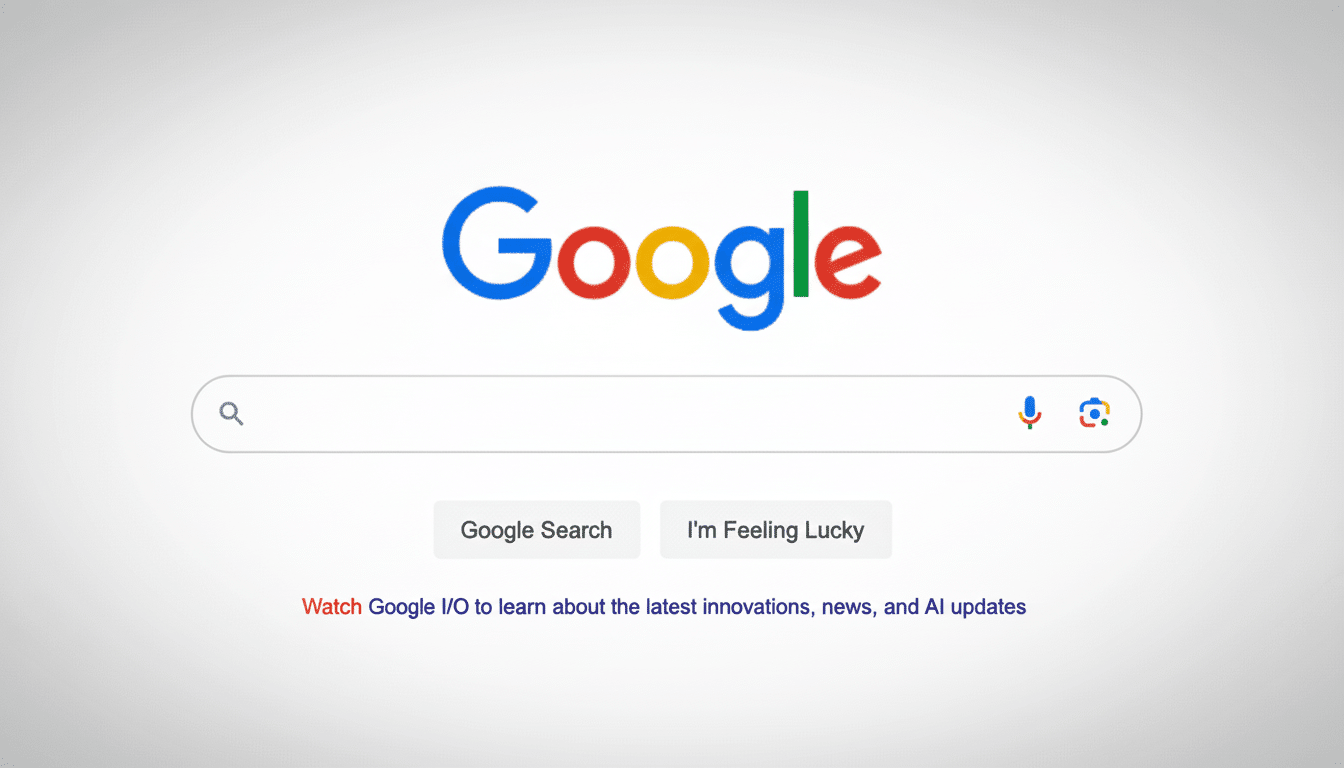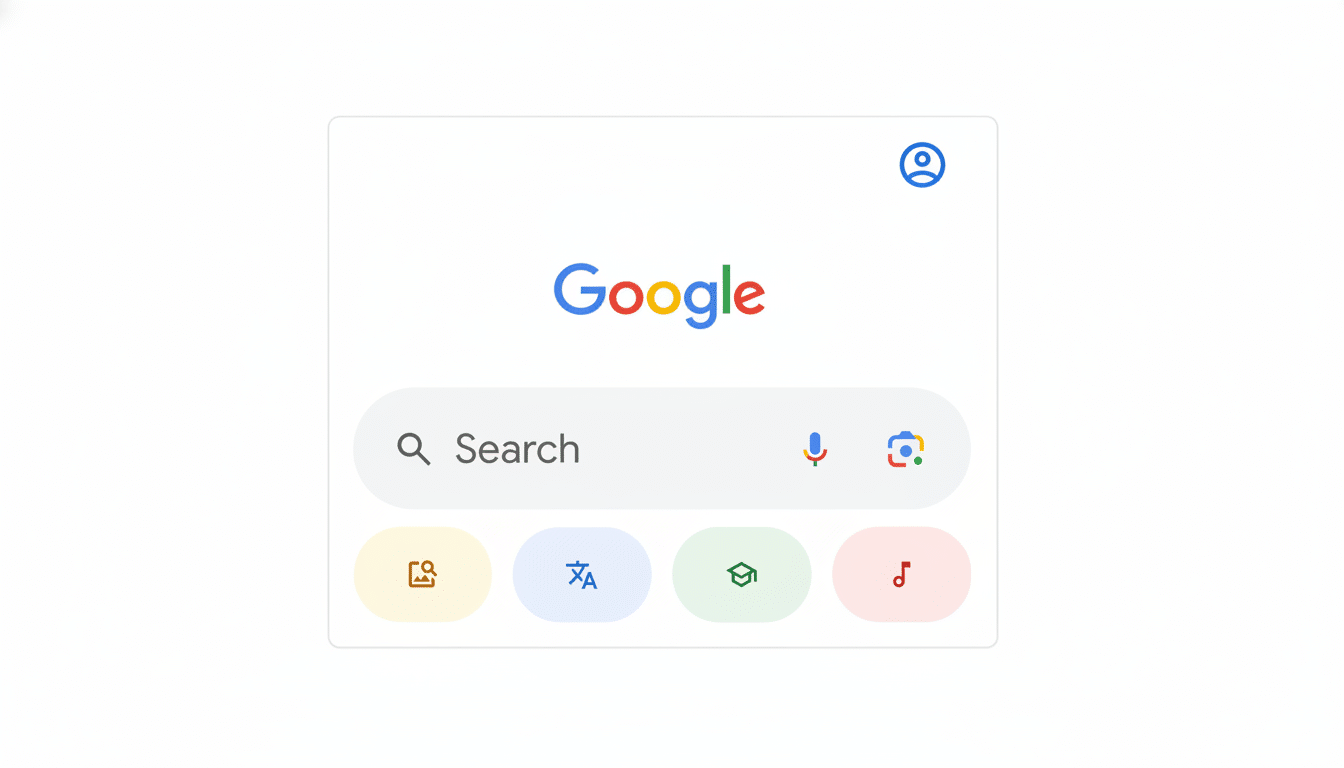Google is making a new design for Search available to its users that groups ads in a single “Sponsored results” block at the head of results, and that for the first time parrots controls introduced by other search engines to hide paid listings. There is just one catch: the hide option becomes available only after you have scrolled past all of the ads, which reinforces that you must see them before you can make them go away.
What changed in Google Search’s new sponsored results design
Now, rather than spreading paid links that are denoted with small labels all over a page of search results, Google tucks them together in a clearly labeled section at the top called “Sponsored results.” A floating label follows you as you scroll, so it’s clear where the ads stop and the organic results start. The treatment is also the same for commercial modules, like the Shopping Carousel, which is renamed “Sponsored products.”
- What changed in Google Search’s new sponsored results design
- How the new Hide Sponsored Results button works
- Why Google is adding a hide option for sponsored results
- How this change affects advertisers and organic SEO metrics
- Privacy and compliance considerations for ad transparency
- When you can expect to see the new sponsored results rollout

Google says the visual update has not led to more ads. “The new design keeps the ad size unchanged, and you still won’t see more than four text ads in a group,” said Omkar Muralidharan, VP of Product Management and Data Science for Google Ads, adding that early tests are helping people to find what they are looking for at the top of the page.
How the new Hide Sponsored Results button works
After that ad block, you’ll see a “Hide sponsored results” button at the bottom of that section. Tap or click that, and the whole bunch of text ads collapses, clearing the top of the page for organic links. If you want to bring back the ads for another look, tap from the same location to yo-yo them into view.
This (re)setting is of course temporary and will concern only your current query. It does not “stick” from search to search, on profiles directly or anything like that. In other words, this is a switch to control visibility, not a preference panel or an ad-free mode.
In practice, that means a search like “best running shoes” will generate up to four sponsored text ads and a sponsored shopping unit even if none of those results are desired. Page through, hit “Hide sponsored results,” and the block collapses away, allowing editorial and publisher links to pop up without delay.
Why Google is adding a hide option for sponsored results
Ad labeling has been in the spotlight for years. Google dropped the small “Ad” badge in favor of the word “Sponsored” in 2022 after usability research studies, and pressure from consumer advocates said those ad disclosures were too subdued on mobile. Regulators in the EU and UK have also prioritized ad transparency as part of wider digital advertising rules and platform accountability requirements under the likes of the Digital Services Act.
The new grouped format streamlines the visual hierarchy and allows for collapsing what can be collapsed. If I were implementing an “acceptability” model, maybe I’d include a user action that was more specific than just expanding in order to take away some of the value of showing ads exclusively above the fold. It’s a trade-off: advertisers still get above-the-fold real estate, but viewers who would rather just skip the ads can do so promptly after having noticed them.

How this change affects advertisers and organic SEO metrics
On the advertiser side, the change could subtly alter attention dynamics. As the hide button is not shown until you have seen the ads, impression count for “top” placements should in theory remain consistent, but the collapse control may have an impact on lingering time and secondary click-throughs against some queries. Anticipate fluctuations in top impression share, absolute top impression share, and click-through rate as people get used to the new control.
For organic search, a collapsible ad block could also push visibility just under the fold — on mobile in particular where screen real estate is at a premium. That said, Google results have become more sophisticated with things like AI Overviews, which frequently live above the classic list of links. Several SEO companies have said AI-generated excerpts can earn a significant share of user engagement, similarly increasing the competition for premium organic real estate.
Net effect: Publishers and brands may experience some modest uplift on information queries when ads are collapsed but high-intent commercial queries likely will remain ruled by paid units and shopping modules — though they can be hidden post-exposure.
Privacy and compliance considerations for ad transparency
Given that the control works on a query by query basis without retaining any lasting preference means it sidesteps some of the more stringent consent or profiling consequences. It also moves toward some of the clarity goals that consumer groups and watchdogs have pushed for over and over again — size of the label, consistent placement and clear distinctions between sponsored content and organic content.
From a user-experience perspective, the design mitigates accidental ad clicks that can occur when labels are unclear or as the layout reshuffles on load. That corresponds to advice from UX researchers and digital advertising standards organizations that advocate for clear presentation of paid placements.
When you can expect to see the new sponsored results rollout
Google is slowly launching the grouped “Sponsored results” layout and hide button. Availability will depend on region, platform, and account. If you’re not seeing it yet, give some common commercial searches a whirl on mobile and desktop and look for the sticky “Sponsored results” label at the top of the page — then scroll to expand that collapse control.
This isn’t an across-the-board abandonment of ads, but it’s a significant usability improvement. Users get an immediate opt-out from lingering paid results, and advertisers preserve valuable initial exposure. In a day of increasingly busy results pages, that might be enough agency to matter.

